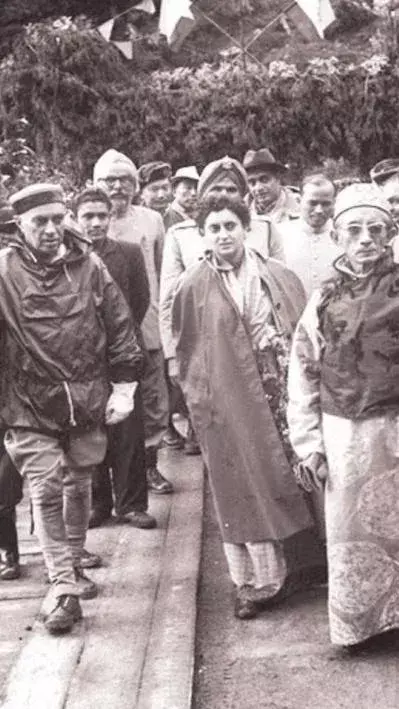
Sikkim Statehood Day
– Interesting facts about the 22nd State of India

1950
Under a treaty signed between Sikkim and India, the former became a ‘protectorate’ State within the Union of India

1974
– A referendum was conducted where about 97.5 per cent people voted for wanting to join India
